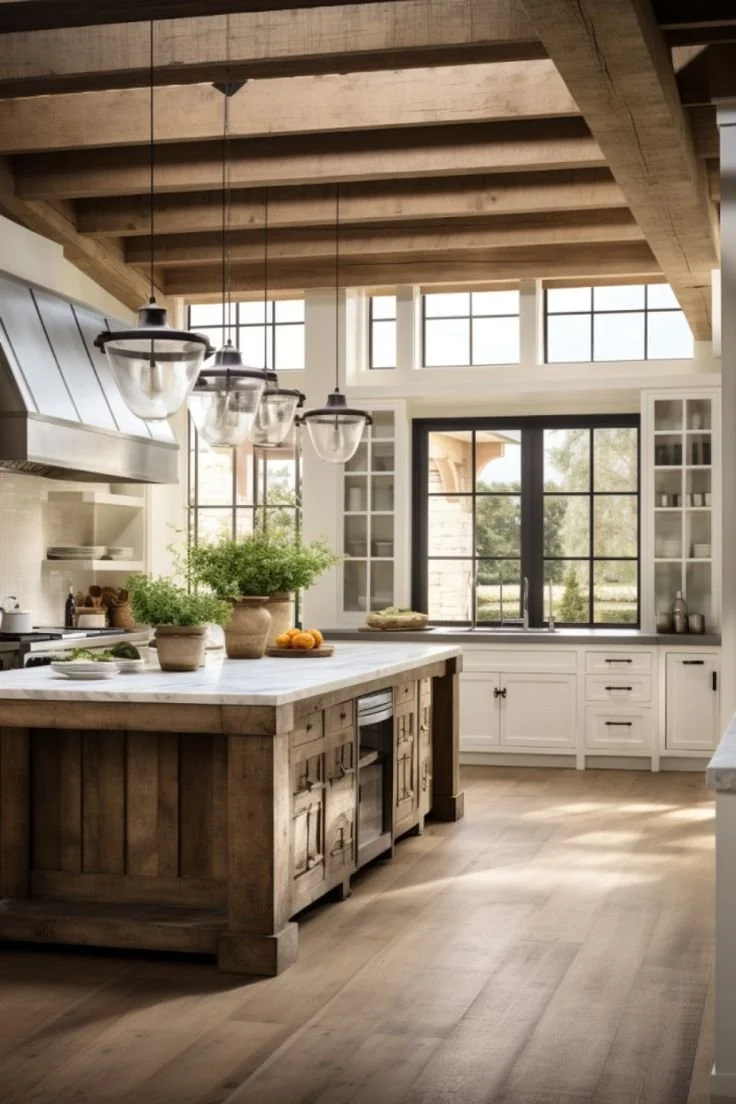Goodbye Garden Puddles: How to Fix Stagnant Water and Protect Your Home
We all want our outdoor space to be a beautiful retreat, but nothing spoils the view quite like a patch of standing water that never seems to dry. It might feel like a minor inconvenience—something you can step around or avoid—but stagnant garden puddles can cause more trouble than you think.
They can damage your lawn, weaken your home’s foundation, and even become breeding grounds for mosquitoes. If you’ve ever tiptoed through your backyard after rain or found your flowerbeds waterlogged for days, it’s time to take a closer look.
Drain or Drown: Why Stagnant Water Needs Immediate Attention
Still water isn’t just unsightly—it can lead to a range of problems for your garden and home. For starters, it suffocates your plants. When water lingers in one area, it deprives roots of oxygen, leading to yellowing, decay, or fungus. Then there’s the pest problem. Mosquitoes love stagnant water, and that small puddle might just be the reason your patio nights feel less relaxing.
And when storm season hits, those same puddles can spell trouble for your home. Water that doesn’t drain properly has nowhere to go, and that increases the risk of flooding or damage to your foundation.
Improving garden water drainage is one of the most important steps you can take to prevent flooding and protect your home during heavy rain. Standing water can be a clue that your yard isn’t equipped to handle what nature throws at it—and the sooner you act, the better.
Landscape for Flow: Why Leveling Matters
Even a gentle slope can have a big impact on how water flows through your yard. If your garden is uneven or dips toward your house, it creates natural puddle zones. That’s why leveling your landscape—or “grading”—is often the first step toward better drainage.
You don’t necessarily need to call in a crew. In many cases, small changes like creating a swale (a shallow channel that redirects water) or building a decorative dry creek bed can encourage water to move in the right direction. You can also use gravel or stones to guide rainwater away from trouble spots and toward a more absorbent area of the yard.
Good grading protects both your lawn and your home’s foundation. It helps prevent puddles from forming and ensures rainwater doesn’t collect right where you don’t want it. If you’ve been dodging a soggy patch every time it rains, it might be time to rework the lay of the land.
Let the Soil Breathe: De-Compacting for Drainage
Sometimes the issue isn’t what’s on top—it’s what’s below. Over time, soil can become compacted, especially in high-traffic areas. When the ground is too dense, water can’t seep through like it’s supposed to, which leads to puddles that sit for days.
The good news? A little soil aeration goes a long way. Using a garden fork to poke holes into the ground allows water to penetrate and roots to breathe. For larger yards, renting a soil aerator can make the job faster and more efficient.
In some cases, buried obstacles like construction debris, compacted clay, or dense stone clusters can block water flow entirely. Digging out those problem areas and filling them with fresh topsoil can help water filter through more naturally.
Think of your garden like a sponge—it can only soak up water if it isn’t tightly packed. When you let your soil breathe, your whole garden feels fresher.
When the Problem Is Below the Surface
If your yard is dry except for one soggy patch, and especially if the puddle appears even without recent rain, the cause might be hiding underground. A damaged or leaking pipe could be saturating the soil from below, creating a damp zone that never seems to dry.
These types of leaks are often difficult to detect, especially when you’re focused on what’s happening above the ground. But signs like unusually lush patches of grass, bubbling in the soil, or that telltale musty smell can point to a more serious issue beneath your garden.
If the leak is coming from your home’s sewage system, it’s not just a garden issue—it’s a health and safety concern too. That’s when sewer line replacement becomes necessary to restore proper drainage and protect your property.
Don’t let a hidden leak go unchecked. What seems like a harmless puddle could be your yard’s way of saying: something’s wrong.
Stagnant puddles aren’t a permanent fixture—they’re a problem waiting for a solution. With a little time and attention, you can transform a soggy garden into a beautiful, functional space that works with the weather, not against it.
Whether you start by adjusting your landscape, aerating the soil, or cleaning out your gutters, each step brings you closer to a healthier yard. And if something below the surface is to blame, knowing when to call in help is key.
Because a dry garden isn’t just about aesthetics—it’s about protecting your home, your plants, and your peace of mind.









